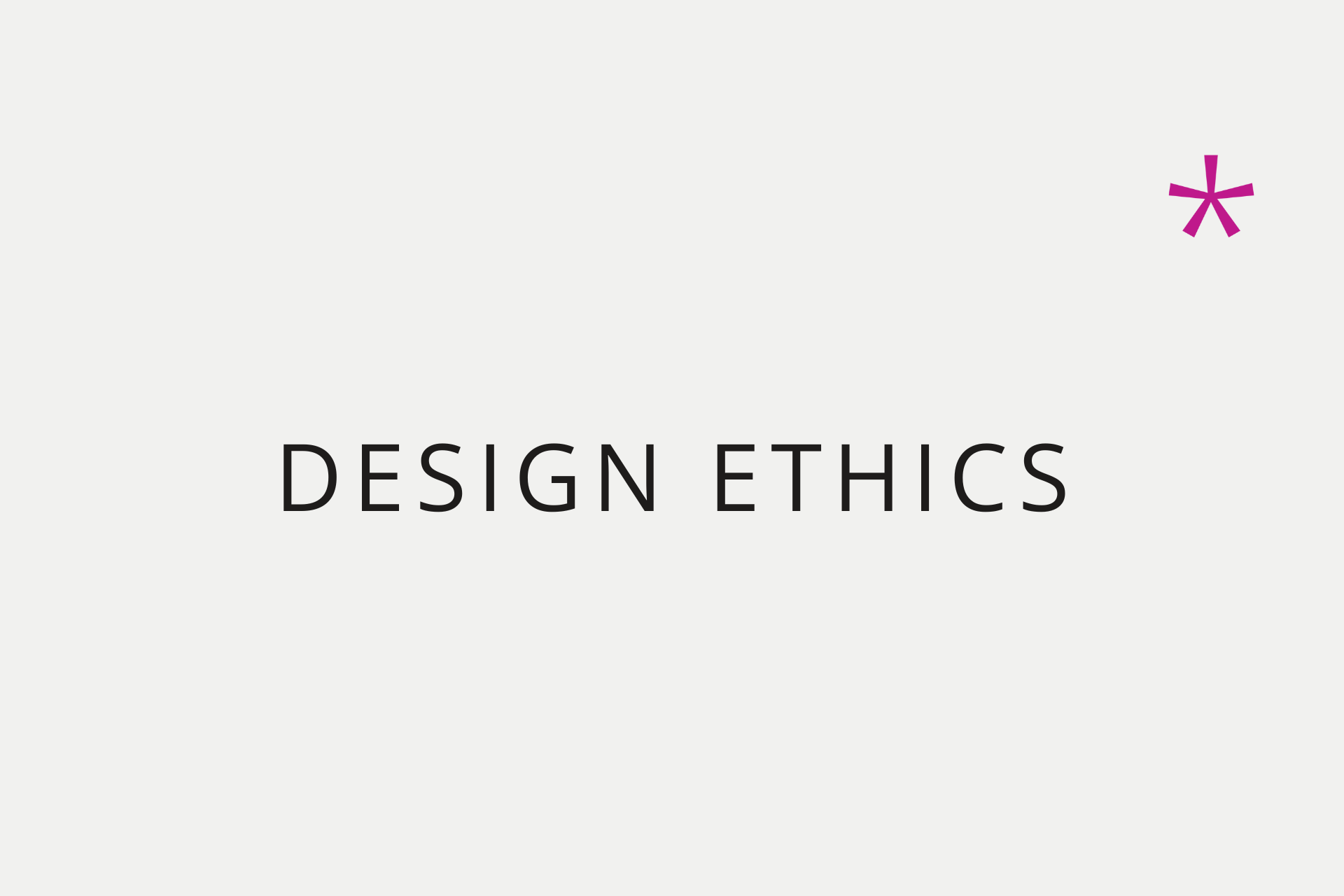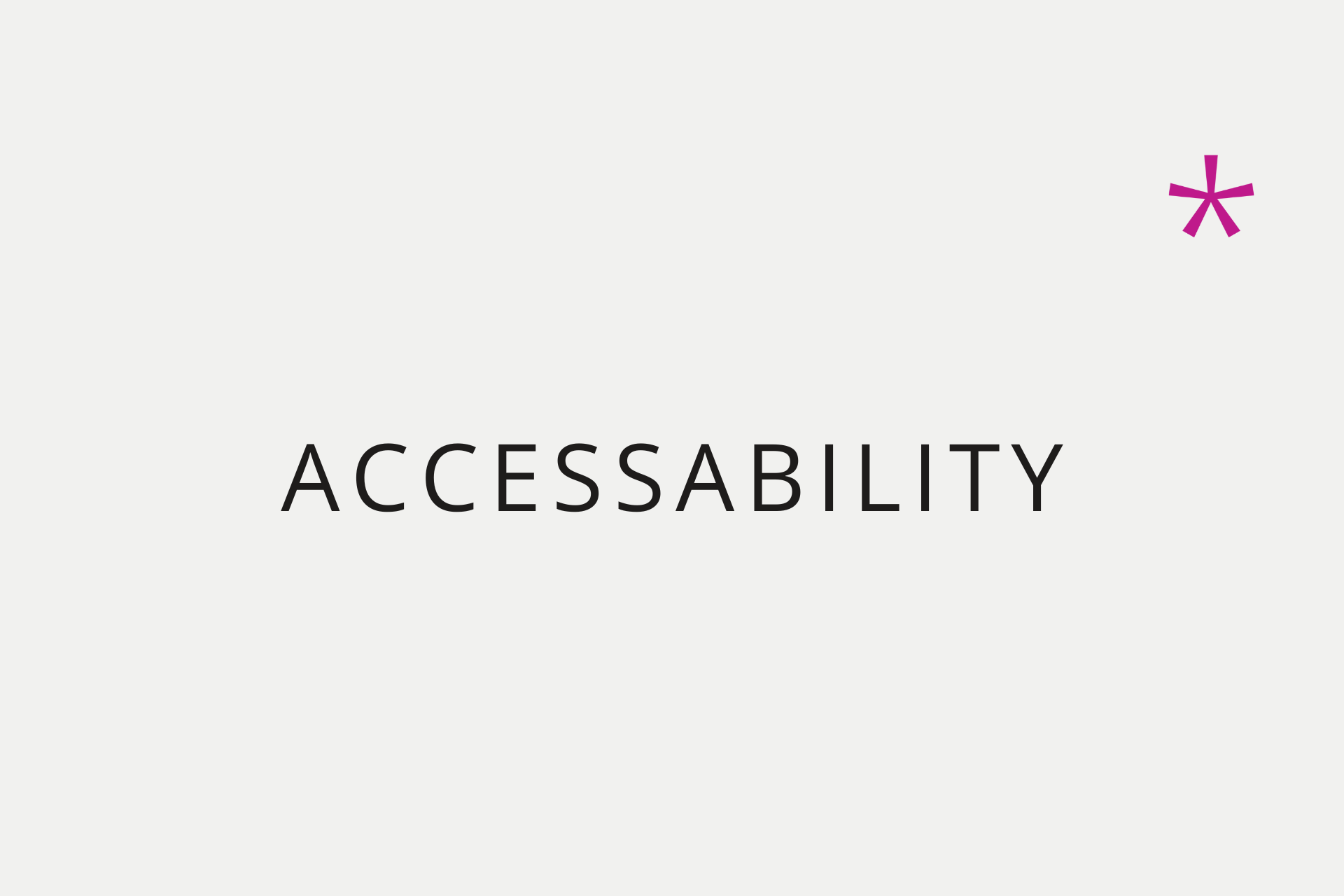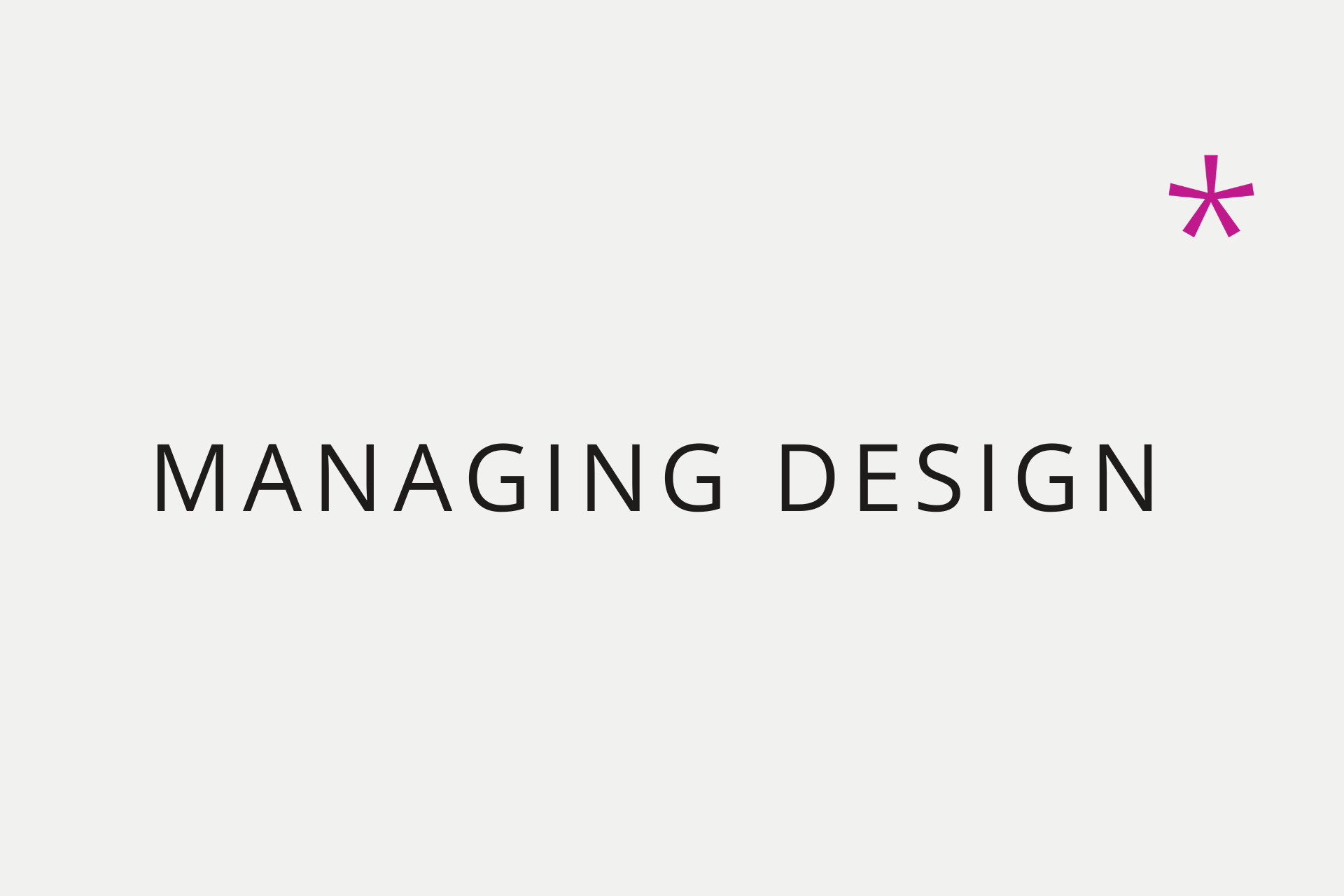How Language Shapes Mindset in Accessible Design
Exploring the Impact of Vocabulary on Inclusive Design Practices
Introduction
Words hold power, and in design, the words we choose impact how we approach and solve user problems. Traditional business language often focuses on conquest and control (“capture the market,“ “target users“), while an accessible design mindset embraces inclusivity, empathy, and empowerment. Shifting language can create a more positive, user-centered approach to design.
The Problem with Aggressive Language in Design
Design and business strategies have historically adopted terms like ”capture,“ ”conquer,“ or “convert” users. While these terms might seem harmless, they imply a power dynamic that places the business above the user. This mindset can limit empathy and lead to products that focus more on metrics than on user experience.
Language that Reflects Empathy and Inclusivity
An accessible, user-centered approach reframes the language to support, empower, and connect with users. Here’s a quick vocabulary shift that can reshape a designer’s perspective:
- Instead of ”Capture” mindshare → Use ”Engage” mindshare
- Replace ”Target” users → with ”Understand” users
- Shift from ”Convert” users → to ”Empower” users
- Move from ”Get users hooked” → to ”Build trust” with users
These small language changes reflect an approach that values users as partners rather than objects of strategy. When design language focuses on collaboration and empathy, it creates a mindset that inherently prioritizes accessibility.
Implementing Language Change in the Design Process
- Redefine Project Goals: Set goals that emphasize understanding and helping users over simply converting or targeting them.
- Encourage Positive Language in Design Discussions: Use inclusive terms in team meetings, user personas, and project documentation.
- Shift Marketing and User Communication: Write copy and messages that focus on user empowerment and support.
Conclusion
The language we use, shapes our perception of users and our approach to work. By adopting more empathetic, user-centered terminology, designers and decision-makers can foster a mindset that prioritizes accessibility and inclusivity throughout the entire process.





